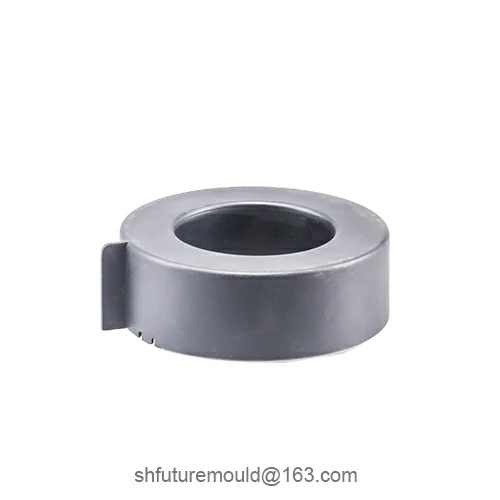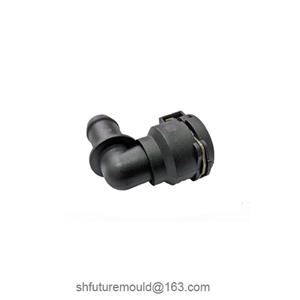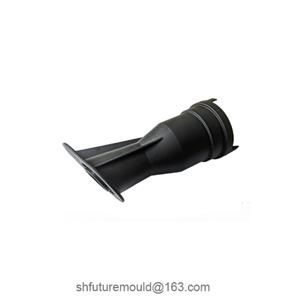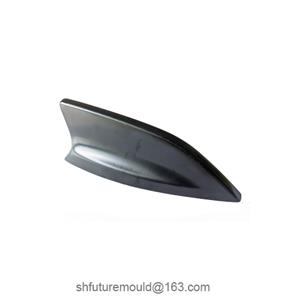Design of Holes in Injection Molded Products
The design of holes in injection molded products is a critical aspect that affects product functionality, mold design, molding processes, and product strength.
Types of Holes
1. Through Holes
Penetrate from one surface to another, used for bolts, shafts, or ventilation.
2. Blind Holes
They have a specific depth but do not penetrate the entire part, so they are used for positioning or installing components.
3. Side Holes
Located on the side of the product, it may require sliders or lifters for demolding.
4. Angled Holes
Holes with tilted angles are often used for special structures or connections. These are complex to design and require advanced mold structures.
Design Principles
1. Consistency with Demolding Direction
Align hole orientation with the mold opening/closing direction to avoid complex mechanisms like sliders.
If alignment is impossible, consider sliders or lifters, which increase costs.
2. Avoid Oversmall Holes
Small holes (e.g., < Ø1.0mm) risk incomplete filling or clogging.
Recommended hole diameter ≥ 1.0mm. Mold pins or inserts for forming small holes must have sufficient strength, machinability, and venting.
3. Proper Distribution
Maintain minimum distances between holes and edges/other holes to prevent stress concentration, shrinkage, or deformation.
Hole-to-edge distance: At least 1–1.5 times the hole diameter.
Hole-to-hole distance: Greater than the sum of two hole diameters.
4. Rib Reinforcement
Thin walls or large holes may cause deformation. Add ribs around holes to enhance structural stability.
5. Avoid Sharp Corners
Use rounded edges for holes to minimize stress concentration.
- Injection Mold
- Automotive Injection Mold
- Electronics & Electrical Injection Mold
- Consumer Goods Injection Mold
- Airplane Components Injection Mold
- Medical Components Injection Mold
- Irrigation Components Injection Mold
- Injection Molds




